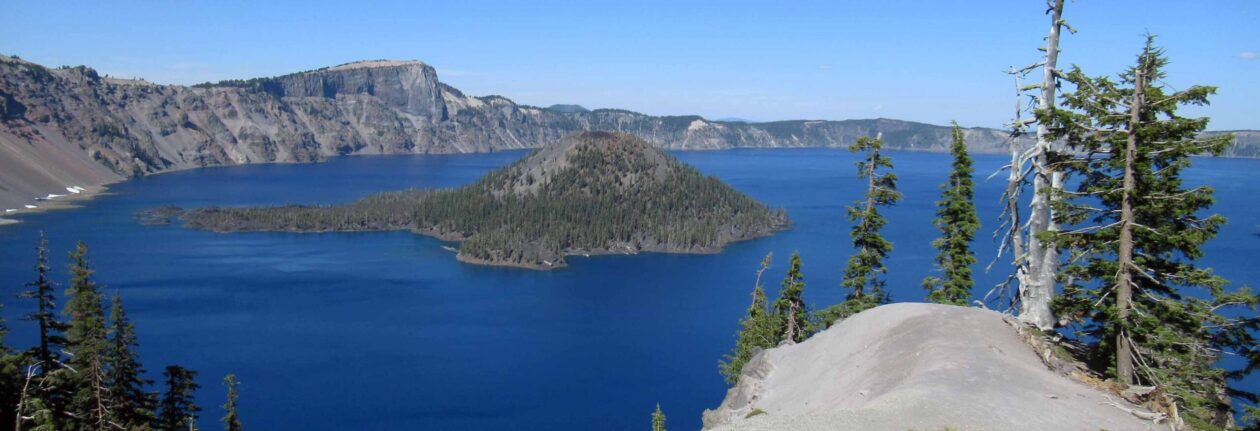Gibraltar, Gibraltar, Great Britain
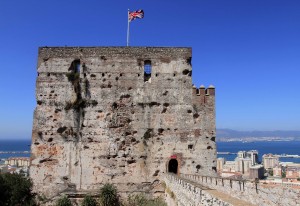
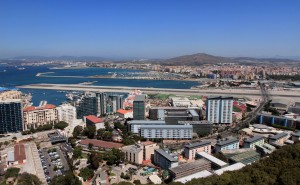
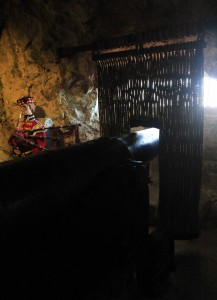
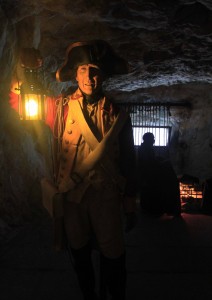
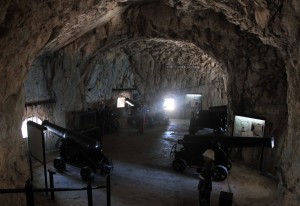
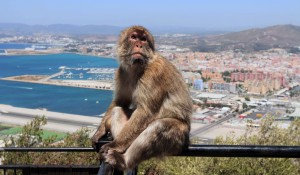
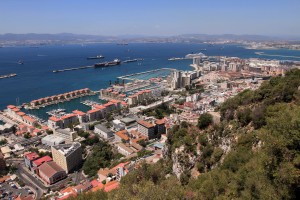
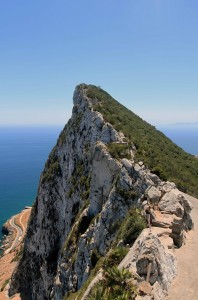
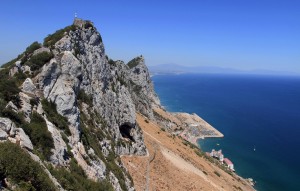
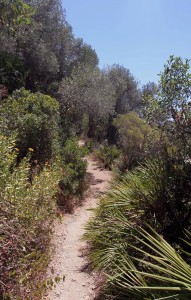
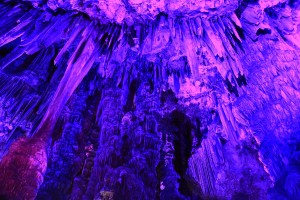
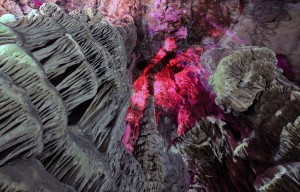
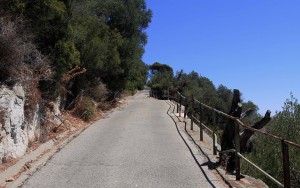
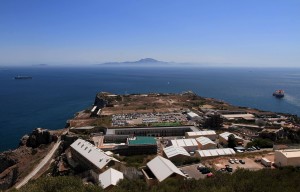
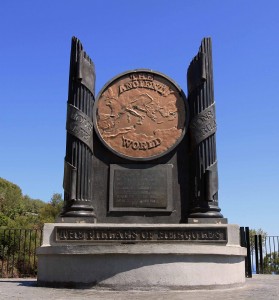
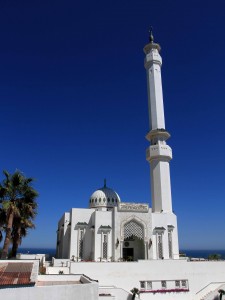
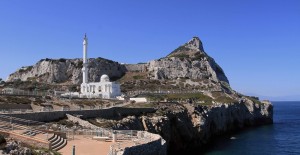
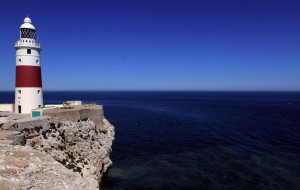
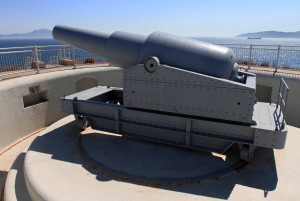
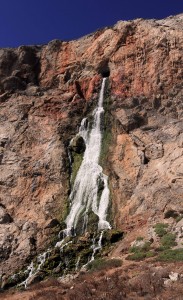
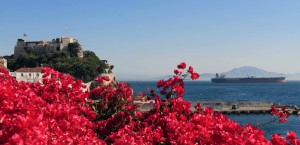
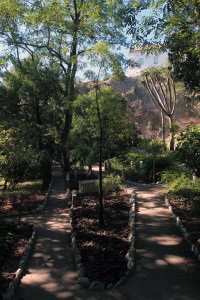
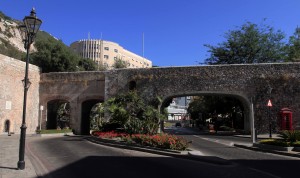
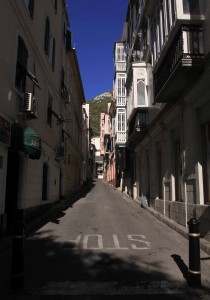
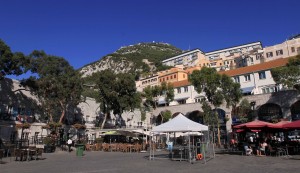
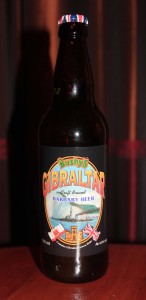
I woke up today at 11:00, showered, dressed, got ready, and exited the hotel. I immediately set out toward the remains of the Moorish Castle, which was built a hundred meters above sea level, on the west side of the rock of Gibraltar. Just before coming to the castle grounds, I paid ten British pounds for an entry ticket to allow me to walk around the nature preserve and visit several sites located in the preserve (i.e. the castle, the Great Siege Tunnels, St. Michael’s Cave, etc.). With my ticket in hand, I proceeded to what remained of the castle and entered inside the tower (known as the “Tower of Homage”). The Moorish Castle dates back to the eighth-century AD and the Tower of Homage dates to the second Moorish period of occupation, in the early fourteenth-century AD. I entered inside the tower and looked around, walked to the rooftop, and then back down again. There was not much to see and I was soon back on the road, walking uphill. I walked past the entrance to the tunnels built during World War II (that cost extra and I wasn’t convinced that it was worth it) and continued on to the Great Siege Tunnels – these I entered. The Great Siege Tunnels were constructed during the Great Siege, which was an attempt by France and Spain to capture Gibraltar from Great Britain during the American Revolutionary War; this was the fourteenth and final siege of Gibraltar, which lasted from July 1779 to February 1783 AD; the tunnels were built as a necessity to cover a blind angle on the north-east side of the Rock of Gibraltar. I walked through the entirety of the Great Siege Tunnels and was impressed with not only the tunnels themselves, but the museum itself (there were many cannons and mannequins in period costumes on display, as well as very informative placards). After walking through the tunnels, I exited back out in to the sun and took some photographs from the nearby observation point, which had quite a few Barbary macaques sitting around and rummaging through the rubbish bin. NOTE: the Barbary macaque is found in the Atlas Mountains of Algeria and Morocco along with this small population in Gibraltar that was introduced from Morocco; also, the Barbary macaque population of Gibraltar represents the only population of wild monkeys in Europe. I then walked to the Ape’s Den, which is located next to the Charles V Wall (a sixteenth-century AD defensive curtain wall that was built in 1540 AD to keep Barbary Pirates out; the wall was later strengthened in 1552 AD by the Holy Roman Emperor Charles V), but nothing interesting was happening here – it was too hot and the Barbary macaques were just lazing around. Next, I walked up the steps along the Charles V Wall and made my way up to the crest of the Rock of Gibraltar, between the cable car and O’Hara’s Battery (an artillery battery located on the highest point of the Rock of Gibraltar). I then walked up to O’Hara’s Battery, but could not go all the way, since it was closed today (Saturday). I did, however, have great views of this British territory. Next, I descended down to St. Michael’s Cave (the most visited of the more than 150 (!) caves found inside the Rock of Gibraltar). I entered inside the cave (the “Gates of Hades” – this is what the Greeks supposedly believed) and walked through the large chamber known as “Cathedral Cave,” which is used as an auditorium for concerts, shows, and the Miss Gibraltar beauty pageant; the entire cave is lit up in colorful lights that are constantly changing and there is music playing inside as well (it would be a cool place to pop some ecstasy and rave in your briefs). I walked through this small cave and was soon back outside. Next, I walked southward and came across the trail known as the Mediterranean Steps. I followed the trail to the east side of the island, but once it started to ascend the Rock, I turned around – no sense in going back up to O’Hara’s Battery (in hindsight, I should’ve descended the trail and then walked to St. Michael’s Cave, which is maybe about halfway up the Rock. I then walked to the southern exit of the nature preserve (next to the memorial for the Pillars of Hercules – the Rock of Gibraltar is one of the pillars – the other is in Africa, on the other side of the Strait of Gibraltar – and combined, they mark the end of the Ancient World, nothing was beyond the Pillars of Hercules, until the New World was discovered). I exited the nature preserve and walked south to Europa Point, passing by the Ibrahim-al-Ibrahim Mosque. I made my way to this southernmost point of Gibraltar and viewed Trinity Lighthouse, Harding’s Battery, and, in the distance, Morocco on the other side of the Strait. While at Europa Point, I also bought a nice 1.5 liter bottle of cold water to hydrate myself with since I had had nothing to drink all day and had sweated a considerable amount in the sun. I then walked north, back to the city center. I followed the road on the western side of Gibraltar, through a tunnel and past some beaches and a waterfall (actually an outlet of the desalination plant that supplies Gibraltar with fresh water). In time, I reached Trafalgar Cemetery and quickly strolled through it (there are only two men buried here that were killed in the Battle of Trafalgar). I then walked along the main street and to Casemates Square (in the square there was a concert stage set up and a band warming up, but I didn’t stick around), where I bought some hydration drinks and beer (two bottles from Britain and one from Morocco). Next, I stopped at the Burger King on the square (I was tired of spending approximately 30 USD on a meal while in Gibraltar and decided to instead spend about 11 USD) and bought a Sprite, French fries, and a barbecue bacon burger. Once I had all my food, I returned to my hotel room and had a feast. I then relaxed inside my room for the remainder of the night and eventually fell asleep around 01:00.
